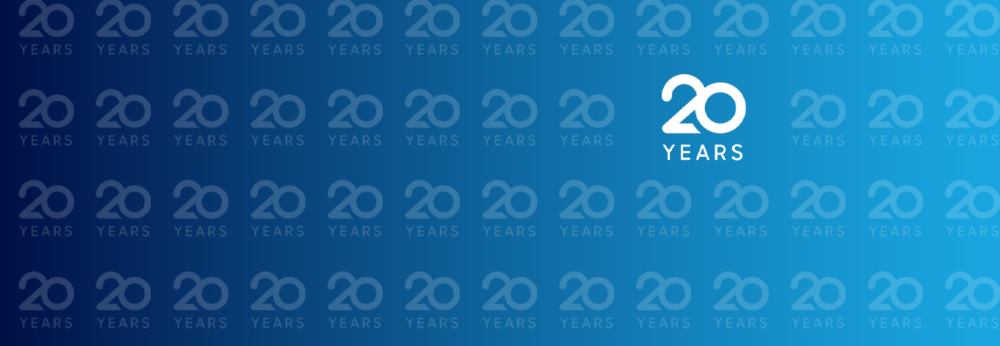Posted
13th November 2019
Research
A formal cost-effectiveness evaluation on the REACH study, a multicentre randomised intervention to improve hospital cleaning and disinfection, has recently been published in Clinical Infectious Diseases. The evaluation concludes that the intervention was cost effective, with a very high degree of probability.
The REACH trial, Prof Brett Mitchell’s multicentre randomised controlled trial of a cleaning bundle intervention, was published earlier this year in the Lancet Infectious Diseases. The bundle (based primarily on training and education to improve the standards of cleaning within the existing resource of each hospital) improved clinical outcomes, including a significant 37% reduction in VRE infections. There was an impressive improvement in the removal of fluorescent markers – this reinforces that the mechanism of the improved clinical outcomes was related to enhanced cleaning and disinfection.
This follow-up study from the same research group performed a cost-effectiveness evaluation on the REACH trial. Implementing the cleaning bundle cost AUD$349,000 (~£187,000) and generated AUD$147,500 (£79,000) in cost savings. Infections prevented under the cleaning bundle returned a net monetary benefit of AUD$1.02 million (~£55 million) and an incremental cost-effectiveness ratio of $4,684 (~£2,512) per QALY gained. There was an 86% chance that the bundle was cost-effective compared with existing hospital cleaning practices.
The costs associated with the intervention were small, in the grand scheme of a hospital budget. To spend <£200,000 in improving the standards of cleaning across 11 hospitals is impressive. And the cost-effectiveness outcomes were positive. For example, a typical “threshold” level is between £20,000 to £30,000 per QALY gained in medicine (i.e. a payer is willing to pay this amount for each QALY). In this study, the “cost” per QALY was on £2,500, so this intervention made sense both clinically and financially.
There are very few formal cost-effectiveness evaluations of IPC-related interventions, so this study in important, and supports the implementation of bundles to improve hospital cleaning and disinfection.
SHARE THIS ARTICLE
Tags
Latest News
Celebrating 20 Years of GAMA Healthcare: Our Story
This month, GAMA Healthcare celebrates 20 years of helping prevent…
Norovirus and gastroenteritis outbreaks, the party ‘pooper’ you don’t want invited!
Recently, on 11 October 2024, NSW Health issued a health…
Clean Between to Reduce Healthcare-Associated Infections
Healthcare-associated infections (HAIs) are a significant concern for healthcare facilities…
Wiping away infections – the CLEEN way!
Cleaning shared medical equipment with a disinfectant wipe at least…



